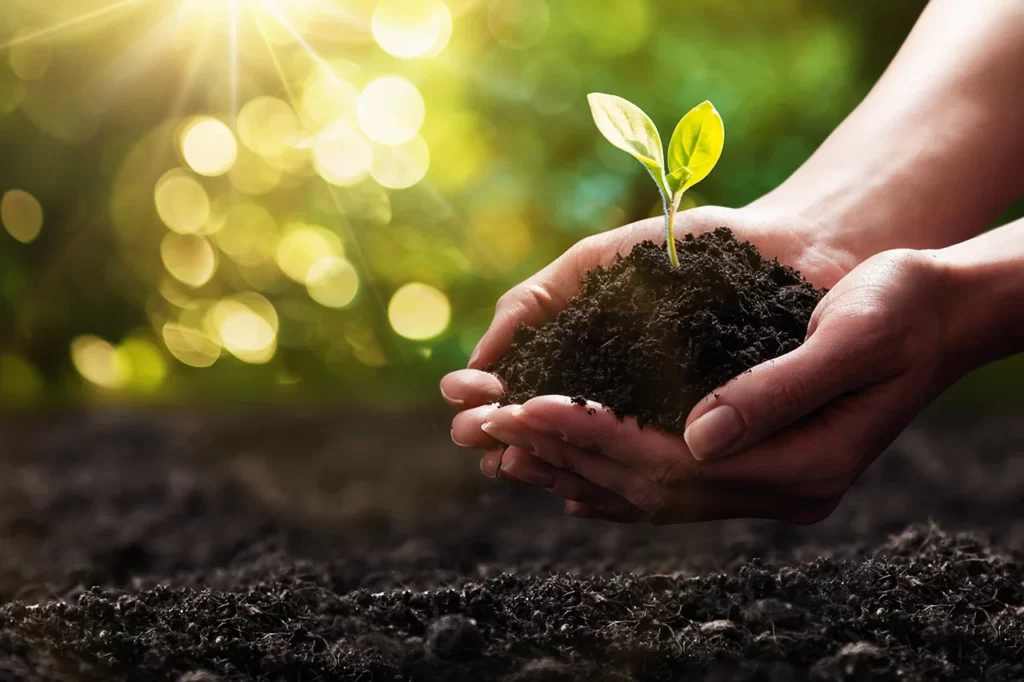
In an era characterized by unprecedented climatic events and shifting weather patterns, soil waterproofing has emerged as a bastion of protection for foundations and landscapes alike. This crucial process, involving the application of techniques and materials that repel water, safeguards structures from moisture-induced damages, encouraging long-lasting stability and strength. Join us as we delve deep into the captivating world of soil waterproofing, unveiling its benefits, techniques, and the pivotal role it plays in modern construction and landscape management.
Soil Waterproofing: An Introduction
Soil waterproofing refers to the methods employed to prevent water from infiltrating soil layers and reaching foundations, thereby averting waterlogging, soil erosion, and structural damages. It can be seen as a shield, offering resistance against moisture penetration, and protecting the integrity of buildings and landscapes.
The Impeccable Benefits
1. Structural Stability
Water infiltration can compromise the stability of a structure, leading to cracks, dampness, and eventually, failure. Soil waterproofing establishes a barrier against water intrusion, ensuring the prolonged lifespan of structures.
2. Enhanced Landscape Health
Waterproofing regulates moisture levels, creating an optimal environment for plants and preventing soil erosion that can wash away vital nutrients.
3. Cost-effective
While waterproofing entails initial expenditure, it circumvents future costs associated with repair and maintenance, proving to be a cost-effective solution in the long run.
Techniques to Waterproof Your Soil
1. Proper Grading
Effective soil waterproofing begins with proper grading, directing water away from the foundation and preventing accumulation. A gradient of at least 5% is recommended for optimal results.
2. Application of Water-repellent Materials
Materials such as bituminous coatings and cementitious waterproofing substances can be applied to form an impermeable barrier in the soil, preventing water seepage.
3. Drainage Systems
Installing proper drainage systems like French drains ensures the safe disposal of water, further enhancing the effectiveness of soil waterproofing.
4. Permeable Pavements
Utilizing permeable pavements facilitates the controlled flow of water, reducing the chances of water pooling and fostering a water-resilient landscape.
5. Vegetative Barriers
Strategically placed vegetative barriers, including hedges and ground covers, can act as natural shields, absorbing excess water and reducing runoff.
The Future of Soil Waterproofing
Innovation in soil waterproofing techniques is a burgeoning field, with research dedicated to finding sustainable solutions leveraging natural materials and eco-friendly practices. The convergence of nanotechnology and biotechnology promises to revolutionize soil waterproofing, potentially introducing self-healing materials and smarter drainage systems that respond to changing environmental conditions.
Conclusion
Soil waterproofing stands tall as a guardian of foundations and landscapes, shielding them from the adversities of water infiltration. As we venture deeper into the 21st century, the significance of soil waterproofing is set to accentuate, holding the key to more sustainable, resilient, and harmonious habitats.
In light of its manifold benefits and promising future developments, soil waterproofing transcends a mere construction protocol, morphing into a captivating narrative of innovation, foresight, and preservation. It invites us to rethink our interaction with the environment, steering us towards a future where structures not only coexist but thrive alongside nature, fortified by the robust and unfailing shield of soil waterproofing.
